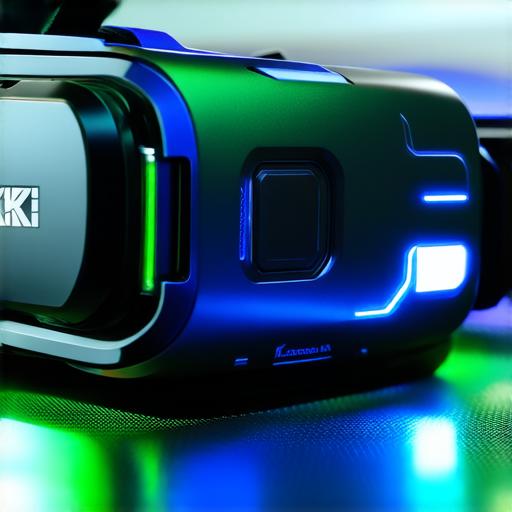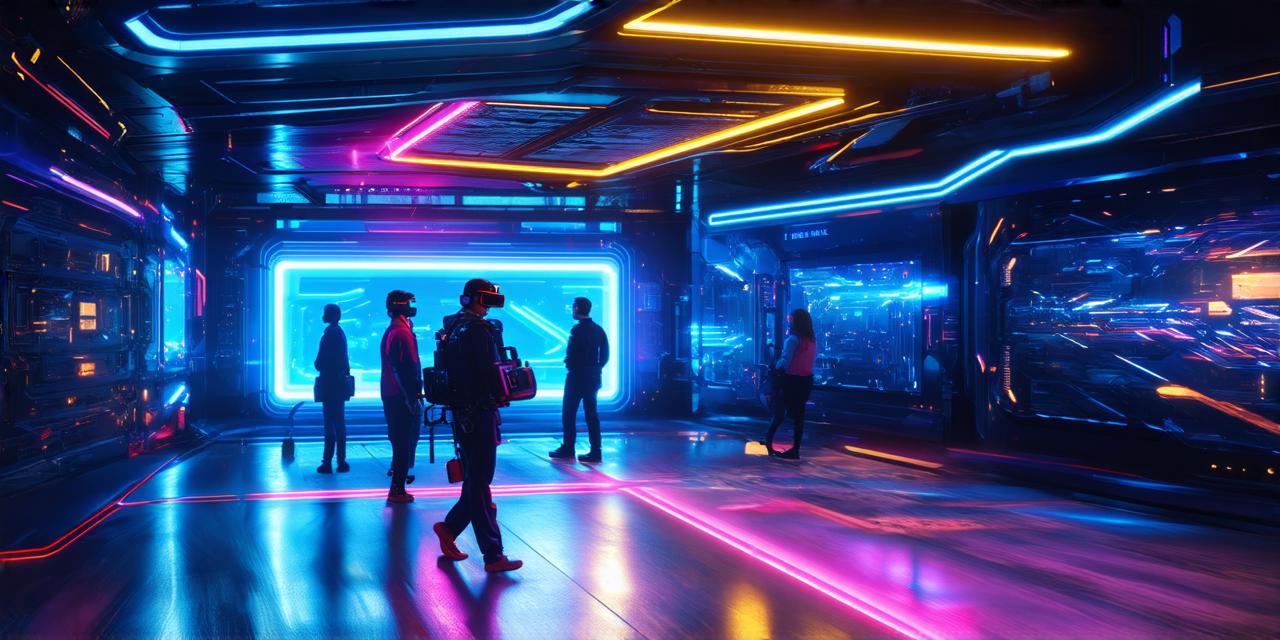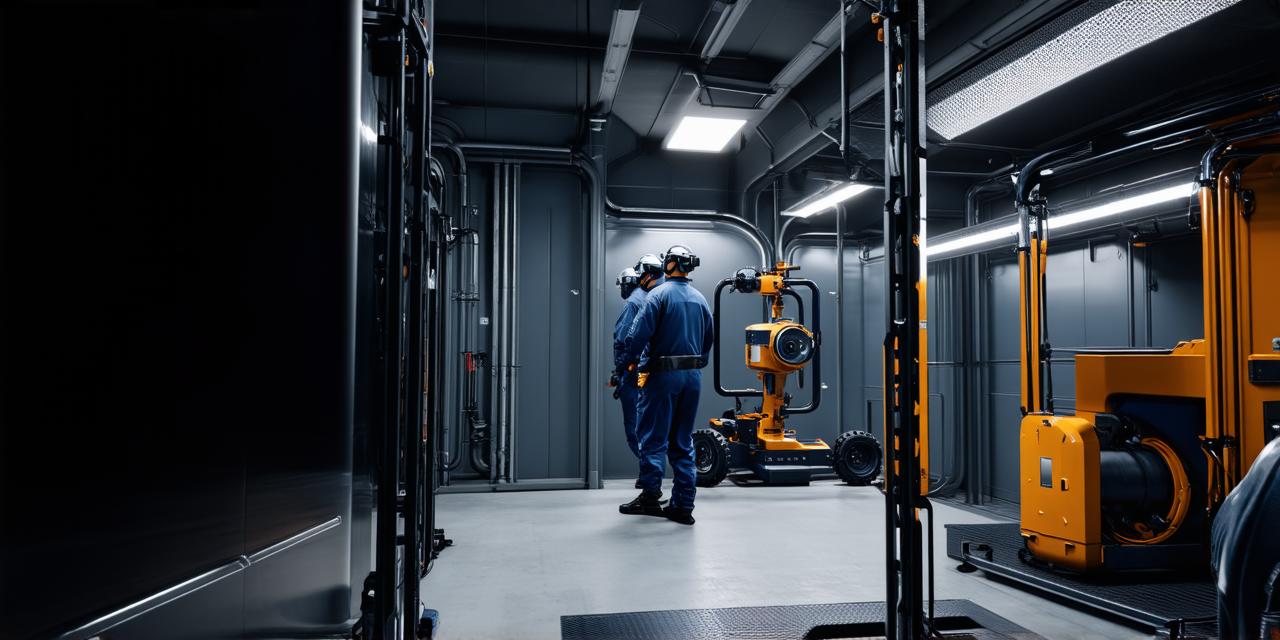Virtual reality (VR) is an immersive technology that simulates a 3D environment for users to interact with. The level of interaction and realism experienced by the user largely depends on the frame rate, which refers to the number of frames per second (fps) displayed. In this article, we’ll explore why high frame rates are crucial in VR and how it affects the user experience.
Frame Rate vs. Framerate
Before delving into the importance of frame rates in VR, let’s clear up the confusion between frame rate and framerate. Frame rate refers to the number of frames displayed per second on a screen, while framerate refers to the number of frames per second that a camera captures. Both terms refer to the same concept but are used interchangeably in VR and gaming communities.
Why High Frame Rates Matter
High frame rates in VR are crucial because they directly affect the level of immersion experienced by the user. The higher the frame rate, the smoother and more natural the motion appears, resulting in a more convincing illusion of being in the virtual world. This is especially important for VR applications that require high levels of interaction such as gaming, training simulations, and educational experiences.
One example of how high frame rates affect the user experience is in gaming. In first-person shooter games like Call of Duty or Fortnite, a high frame rate provides a more realistic and immersive experience by reducing motion sickness and disorientation caused by low frame rates. This is because a higher frame rate allows for smoother movement of the player character, resulting in a more natural and intuitive feel when aiming and shooting.
Another example is in VR training simulations. A high frame rate can make training more realistic and effective by allowing trainees to interact with virtual objects in a more natural way. For example, in a medical training simulation, a high frame rate can help trainees practice surgical procedures with more accuracy and precision, resulting in better patient outcomes.
The Impact of Low Frame Rates

On the other hand, low frame rates can have adverse effects on the user experience. When the frame rate drops, the motion becomes choppy and unnatural, leading to motion sickness and disorientation. This can be especially problematic for users who are prone to motion sickness or have a weak constitution.
In addition, low frame rates can also impact the performance of VR applications. A low frame rate can lead to lag, which is when there is a delay between the user’s actions and the response in the virtual world. This can result in a frustrating and unnatural experience, leading users to disengage from the application.
Real-Life Examples
To illustrate the importance of high frame rates in VR, let’s look at some real-life examples:
- Oculus Quest 2: The Oculus Quest 2 is a popular VR headset that uses a high refresh rate (90Hz) for its display. This provides users with a smooth and immersive experience, making it ideal for gaming, training simulations, and educational experiences.
2. PlayStation 5: The PlayStation 5 is the latest gaming console from Sony and supports up to 120 frames per second (fps). This provides gamers with a highly realistic and immersive experience, especially in first-person shooter games like Call of Duty or Fortnite.
3. HTC Vive Pro Eye: The HTC Vive Pro Eye is a high-end VR headset that supports up to 120Hz refresh rates. This provides users with a smooth and natural experience, making it ideal for gaming, training simulations, and educational experiences.
Conclusion
In conclusion, high frame rates are crucial in VR because they directly affect the level of immersion experienced by the user. A high frame rate reduces motion sickness and disorientation caused by low frame rates, leading to a more natural and intuitive experience. By investing in high-quality hardware and optimizing applications for high frame rates, developers can create more engaging and effective VR experiences for their users.




